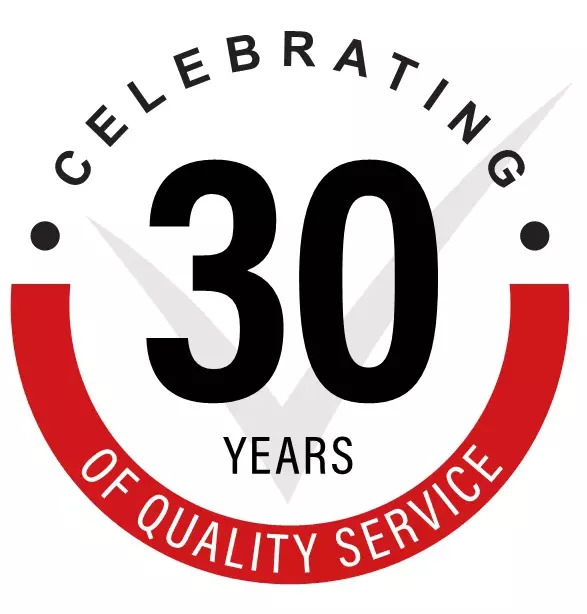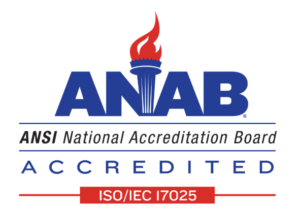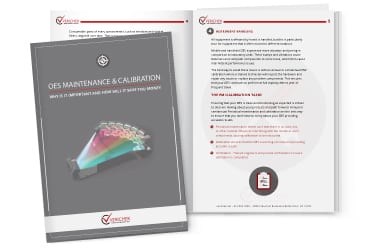The need to conduct PMI testing on in-service pipelines is increasing every year. The question arises how to conduct PMI testing on an active or already installed pipeline. Below is a general overview of the steps involved in conducting PMI testing.
- Apply and receive a “Hot Work Permit” or “Fire Permit” before working on the pipeline.
- Remove the insulation wrap or paint from the exterior of the line.
- Prepare the pipes surface with a 36 grit aluminum oxide grinding disc.
- Conduct a wall-thickness testing using an approved method.
- The instrument operator makes at least 2 burns with the PMI-MASTER Smart or PMI-MASTER Pro in Spark Mode; Spark Mode uses high purity argon for elemental analysis of the material.
- Once elemental analysis is completed and the pipe matches construction specifications, the burn spots are removed with the aluminum oxide grinding disc.
- The instrument operator must take a final wall thickness measurement to ensure that an excess of material was not removed.
- Repaint or re-insulate the pipeline.
 Each testing situation is unique but this general overview will work for most applications. If you have questions or would like to know more, contact our sales department.
Each testing situation is unique but this general overview will work for most applications. If you have questions or would like to know more, contact our sales department.



 OES MAINTENANCE & CALIBRATION:
OES MAINTENANCE & CALIBRATION: